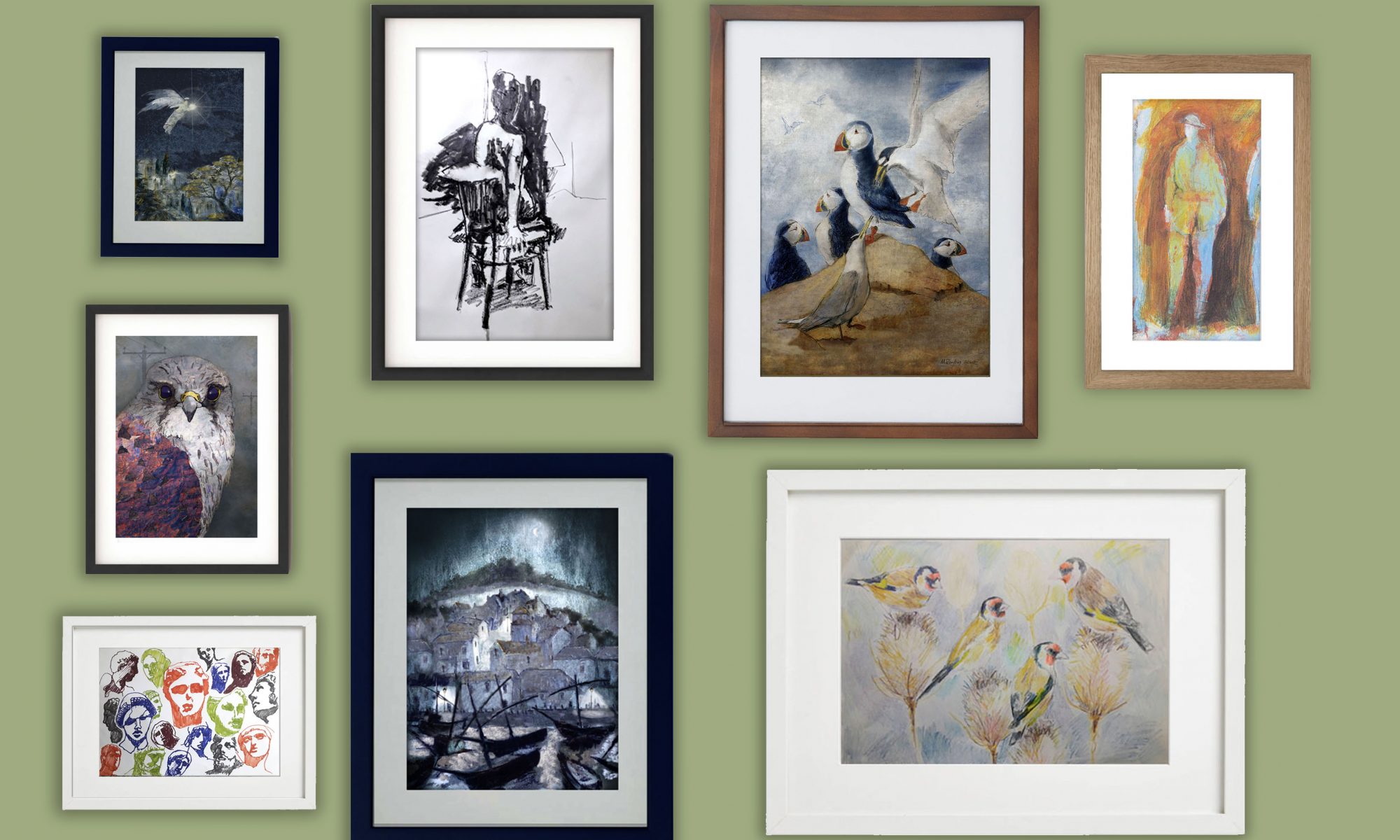My life in Illustration
Lorem ipsum dolor sit amet, consectetur adipiscing elit. Praesent cursus accumsan sagittis. Nullam nec nibh eget orci bibendum pharetra sit amet eget diam. Curabitur in vulputate tortor. Maecenas maximus ligula sapien, nec ultricies sem tincidunt nec. In eu lacus vel libero lacinia mattis ut ac mauris. Nullam convallis ullamcorper turpis a dapibus. Nullam et erat nec purus commodo ultricies. Curabitur porta mi orci, a vulputate ligula auctor at. Vestibulum vitae aliquet nisl.Morbi bibendum, eros nec vehicula lobortis, mauris leo ultricies tellus, eu rutrum sapien est id sapien. Nunc ut nisi rhoncus, pharetra mi eget, tempor est. Nulla id cursus est. Nullam sit amet convallis ex. Vestibulum ante ipsum primis in faucibus orci luctus et ultrices posuere cubilia Curae; Mauris metus diam, vulputate a dignissim vitae, consequat in est. Curabitur ac elit et mauris feugiat viverra id id odio.
Cras sodales ac neque ut vulputate. Sed non tempus diam. Vivamus porta purus velit, quis tempus ex maximus nec. Praesent at ornare arcu. Phasellus nec justo vel odio mattis suscipit id feugiat dolor. Donec sit amet ultrices ipsum. Class aptent taciti sociosqu ad litora torquent per conubia nostra, per inceptos himenaeos. Phasellus interdum dictum aliquet. Morbi at efficitur nulla. Mauris eros diam, egestas eu urna sed, finibus tincidunt mauris. Proin mauris velit, tristique in nunc in, posuere gravida est. Aliquam dictum, tellus eget tempor pretium, tortor lacus lacinia nibh, sed tempus diam mi non eros. Maecenas interdum tincidunt felis, ut pretium sapien fermentum ut.
Cras sit amet augue quis turpis ultrices hendrerit eget a justo. Integer eu sem euismod, ultrices ante nec, commodo quam. Donec dapibus velit vitae euismod egestas. Integer velit massa, maximus vitae fringilla et, tempor id erat. Sed lacinia rutrum augue, imperdiet fringilla leo posuere non. Morbi dui augue, hendrerit ut suscipit sit amet, congue eget enim. Morbi feugiat magna at lacinia varius. Donec aliquet turpis vel augue tincidunt, sit amet condimentum dui ullamcorper. Aliquam pretium, neque ut fermentum vulputate, felis velit placerat magna, sit amet imperdiet massa velit nec lectus. Ut at arcu massa. Nulla volutpat enim non feugiat condimentum.
Integer porttitor mollis velit eu tempor. Pellentesque habitant morbi tristique senectus et netus et malesuada fames ac turpis egestas. Etiam vel est pulvinar est dapibus scelerisque. Etiam fringilla tellus pellentesque, vestibulum arcu non, luctus nulla. Nullam facilisis eleifend diam, vel dictum massa tempor eu. Praesent et velit nec magna venenatis iaculis eu blandit tellus. Donec at eleifend urna, eget luctus lectus. Donec at consectetur eros. Cras congue est eu massa gravida, pharetra mollis tellus finibus. Pellentesque posuere porta erat ac condimentum. Suspendisse sit amet posuere magna. Aliquam varius iaculis porttitor. Aenean faucibus magna a nisi finibus pellentesque. Donec vel eleifend est, vitae commodo eros. Nam diam mi, congue eu justo eu, sollicitudin blandit leo.
